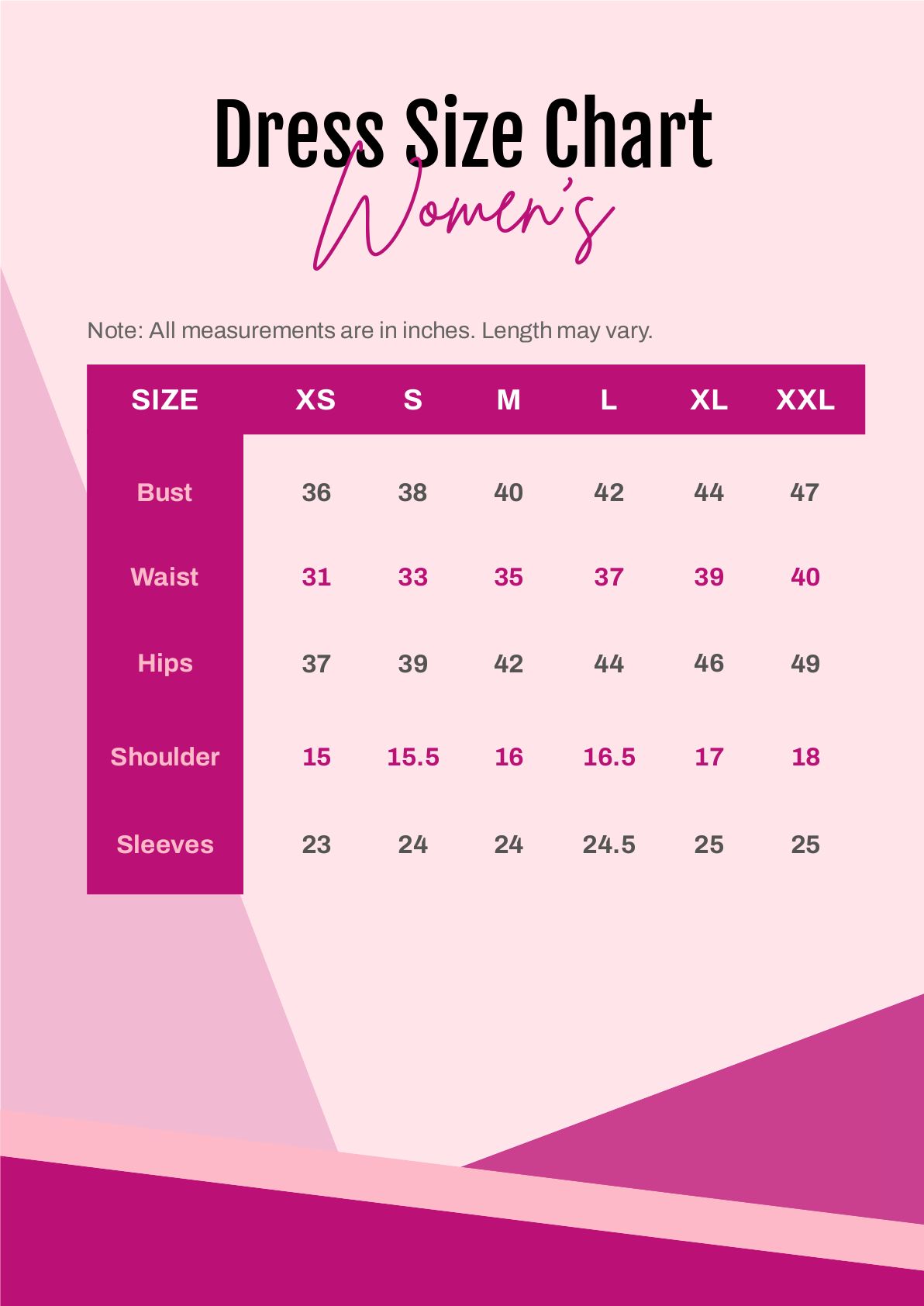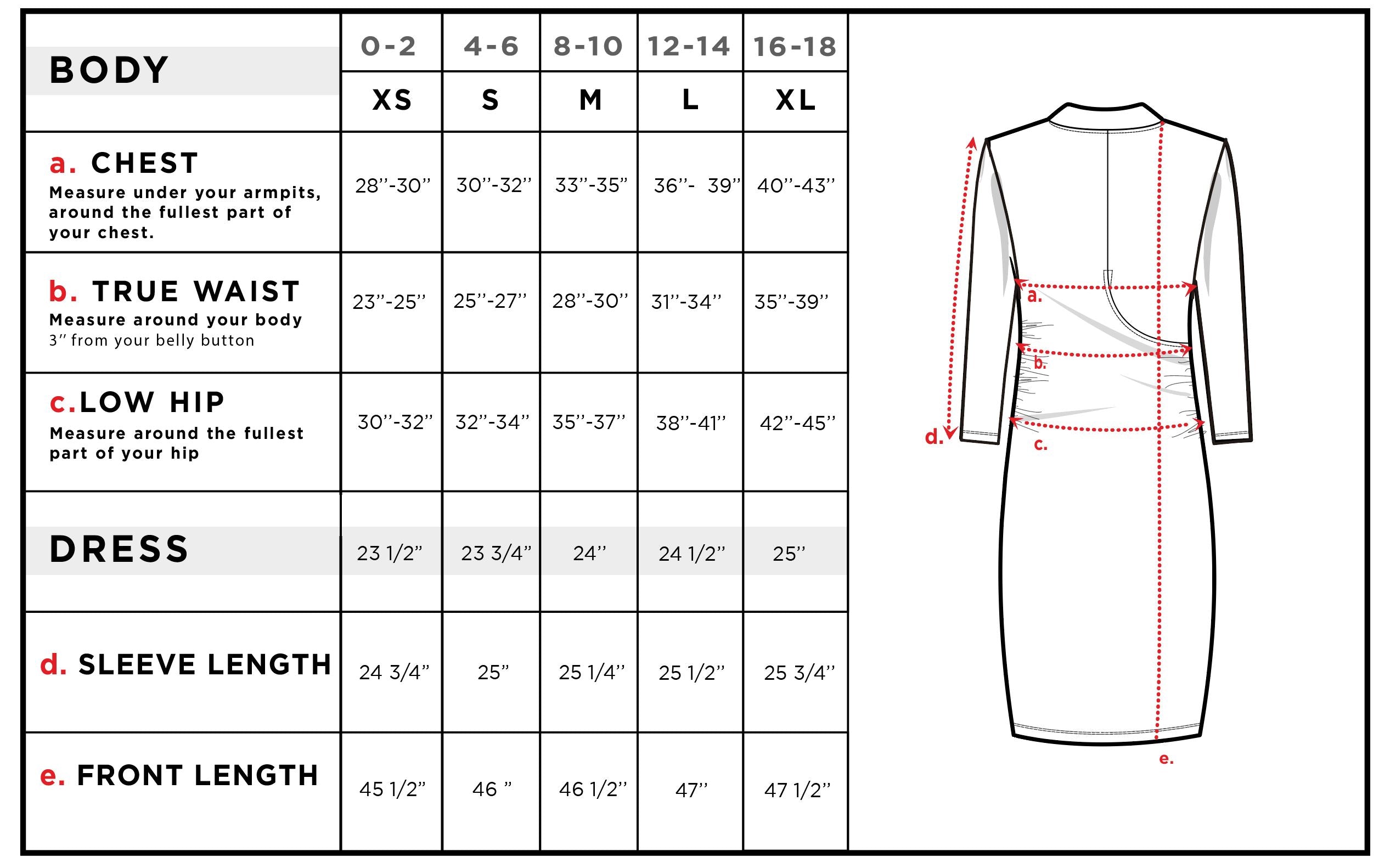Unraveling the Mysteries of Dress Size Charts
Navigating the world of fashion can be an exhilarating yet daunting task, especially when it comes to understanding the intricacies of dress size charts. The diversity of body types and the variations in sizing across different brands can make finding the perfect fit a complex endeavor. However, with a comprehensive understanding of dress size charts, one can confidently select the right attire that flatters every unique form. This article aims to demystify the world of dress sizes, ensuring that every individual can find clothing that not only fits but also enhances their natural beauty.
Understanding the Diversity of Body Types
Body types are as diverse as the individuals they represent. From the hourglass shape to the pear or apple body types, each form has its own set of characteristics that influence how clothing fits and drapes. Recognizing one’s body type is the first step in utilizing dress size charts effectively. As stated by renowned fashion designer Diane von Fürstenberg, “Dressing is a way of life,” and understanding one’s body type is integral to this lifestyle. By knowing where to accentuate and where to provide balance, dress size charts become a valuable tool in creating a wardrobe that complements one’s physique.
Dress Size Charts: A Bridge Between Brands and Consumers
Dress size charts serve as a universal language, bridging the gap between brands and consumers. They provide a standardized guide that helps in translating the abstract concept of size into tangible measurements. This standardization is crucial, as it allows for a more accurate prediction of how a garment will fit, regardless of the brand. It’s important to note that while dress size charts are a starting point, individual variations may still require slight adjustments. As fashion expert Tim Gunn once remarked, “Fit is everything,” and dress size charts are the foundation upon which this fit is built.

Navigating the Variability of Dress Sizes Across Brands
The variability in dress sizes across different brands can be a source of frustration for many shoppers. What is considered a size 8 in one brand may be a size 10 in another. This inconsistency can be attributed to the subjective nature of fashion design and the lack of a universally accepted sizing standard. To counter this, consumers are encouraged to utilize dress size charts as a reference, but also to try on garments whenever possible. As fashion blogger Aimee Song suggests, “Trust the mirror, not the size tag,” emphasizing the importance of personal fit over numerical labels.
Personalizing the Dress Size Chart Experience
In an era where personalization is key, dress size charts can be adapted to individual needs. By taking precise measurements and considering factors such as body shape and personal comfort, one can create a personalized dress size chart that serves as a guide for future purchases. This approach not only enhances the shopping experience but also promotes a more mindful and efficient use of resources. As psychologist and author Brené Brown notes, “Owning our story can change the world,” and taking control of one’s dress size chart is a step towards owning one’s personal fashion narrative.

Conclusion: Embracing the Power of Dress Size Charts
The journey to mastering dress size charts is one of self-discovery and empowerment. By understanding the nuances of sizing and embracing the diversity of body types, individuals can make informed decisions that enhance their personal style. Dress size charts are not just a tool for finding the right fit; they are a gateway to expressing one’s identity through fashion. As we continue to evolve in our fashion choices, let us remember the words of Coco Chanel: “Luxury must be comfortable, otherwise, it is not luxury.” Dress size charts play a pivotal role in ensuring that comfort and style coexist harmoniously.







